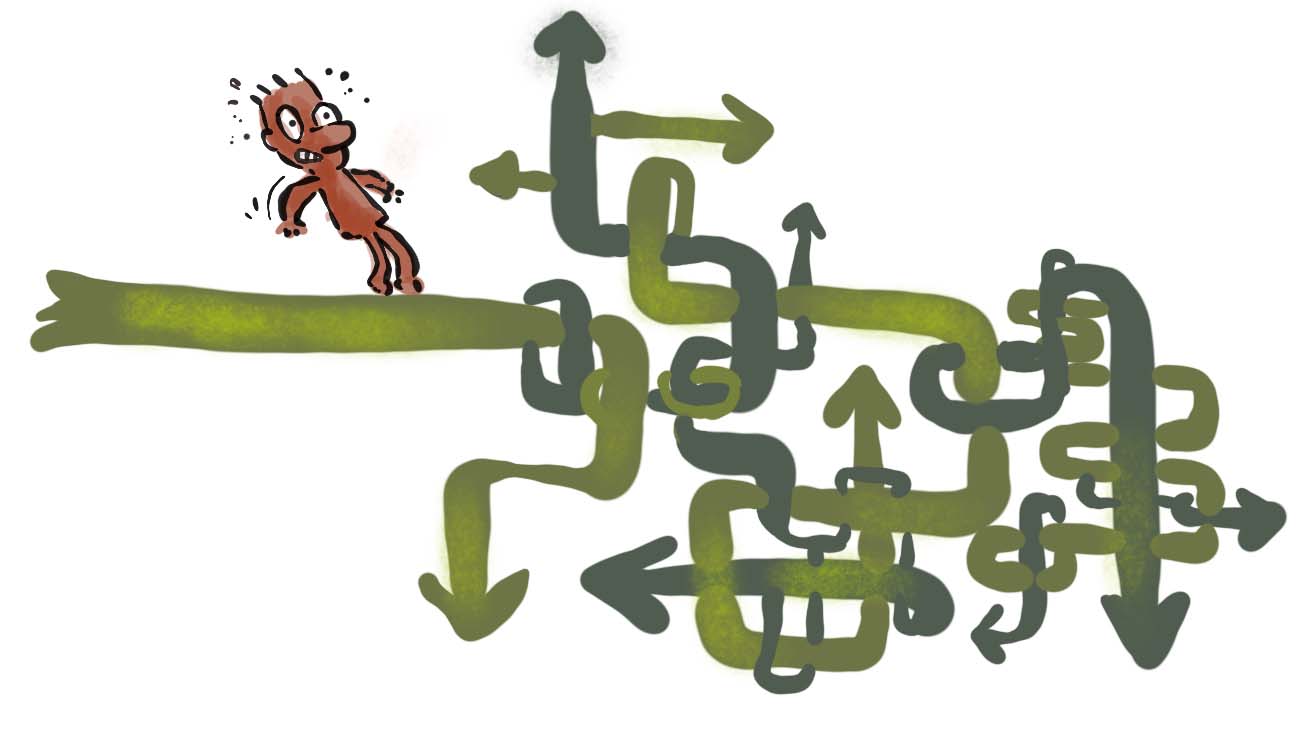Increasing the frequency of the email newsletters would drive many people to unsubscribe from your list? True or False?
If you're a big company like Amazon, YouTube and Apple, should you bother to send out email newsletters? Can't you spend loads of money on publicity and advertising? Why do these billion-dollar companies still work with email?
The answer is remarkably simple.
If you don't keep in touch, someone else takes your place. However, that's not the only reason why you should start and sustain an email newsletter—even in a world where we get too much email. Find out why you should send out an email and what you should avoid as well.
Right click below to save this episode.
Re-release: The Simple Logic of Email Frequency
Original: The Simple Logic of Email Frequency (And How It Helps Sustain A Business)
Question:
My customer is worried that increasing the frequency of the email newsletter (I recommend at least one/week) would drive many people out of his list. Are you much better off with 500 active members of your newsletter list than with 5,000 sleepy ones?
Answer:
It depends on what is going out in that email newsletter. If the offer is good, or the value is good, then it would be a complete mystery why people would leave the list.
I've never seen it happen for great content. OR great products. People may unsubscribe from National Geographic, but they will not leave forever. That's because the standard is already very high and you can get clients back.
In 5000bc too, we have people who leave for a while and then come back a year or two years later. But if we don't communicate with them, they will never come back.
The problem with infrequent email newsletters is manifold:
1- The synchronisation of the client's buying when you're selling.
2- Too much stress to get ONE e-mail right.
3- Top of mind—and credibility
The downside?
1- You have to have content that's valuable.
2- It's a lot of work to create the content + queue everything (it's not just about the content).
3- You get results and get greedy and send even more.
And yes, you are better off with 500 active members.
Question:
The argument I want to build is that you are much better off with 500 active members of your list than with 5,000 sleepy ones. Do you have information or examples I could use to give more weight to my claim?
Answer:
Examples will not particularly help. Why? Because all examples need to be in a simulated environment. Hence, if you say “do seat belts save lives”? Well, it depends on what you're measuring and how you go about driving the car.
In the case of e-mails, you could lose all your clients. Why? Because of the downside. If people do open your e-mails and buy from you, you have to be able to deliver. There's an example of a resort in Goa, India. They did a great job of getting their advertising across. And people were very excited.
They just did a really bad job of constructing the resort. The service was also bad. As was the food.
This is why a good strategy helps good businesses do well, but it also helps bad businesses fail faster. I don't think it's a question of examples. I think it's a matter of “do we know the upsides vs the downsides”? And how can we eliminate or reduce the downsides?
Next Question:
How do you write your newsletter? What are the steps?


Leave a Reply